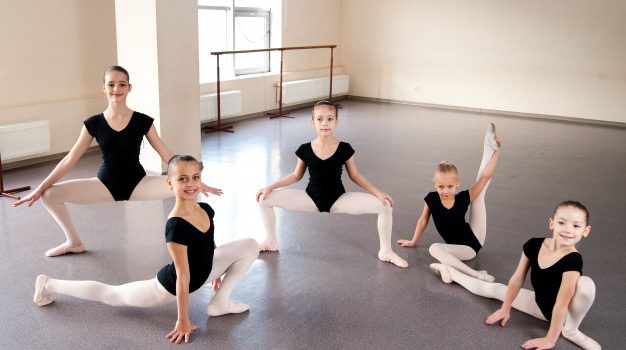How the Gymnastics Leotard Evolved Over the Years
At 22 years old, Simone Biles is the most decorated gymnast in history. She has won 19 Olympic gold medals for competing in events such as a floor routine, balance beam, vault, and bars. Her success can be attributed to her strength, balance, and flexibility.
Something else that adds to great performance? A great look!
A victory for any gymnast requires a gymnastics leotard. These flexible fashion pieces enhance performance without compromising on style. Keep reading to learn about their extensive history and why they’ve become so popular!
Origin of the Gymnastics Leotard
The gymnastics leotard is named after a person. Jules Léotard was a 19th-century trapeze artist that started utilizing this clothing piece in his acrobat performances. The leotard displayed his physical strength and allowed for a full range of movement.
His use of the leotard in trapeze made the article of clothing popular among other male stage artists.
The 1940s
When gymnastics were first introduced into the Olympics, the leotards looked very different. The original leotards were very plain, lacking in color or design. They prioritized modesty and therefore had a very boxy shape.
Some of the first professional gymnasts performed in leotards with skirts.
The 1950s
In the 1950s, the leotards resembled bathing suits. These leotards were somewhat tighter and sleeker to enhance the range of motion. Yet they retained the modesty of the previous decade.
The 1960s and 1970s
In the late 1960s, they used a polyester material for leotards. Small designs or embellishments could be seen on the uniforms.
However, in the 1970s, there was an emphasis on athletic performance over fashion. The leotards were designed to be more formfitting to display the strength and muscular build of the gymnast.
The leotard also became popular in other athletic domains.
In fitness classes and during exercise, more men and women began wearing leotards. There were now specific ballet leotards or dance leotards. Other sports included figure skating or yoga.
This athletic attire was further popularized through aerobic workout videos.
The 1980s
As far as design, the beginning of the 1980s saw a rise in patriotism for professional gymnasts. Specifically among the American competitors, who wore stars and stripes to resemble the flag.
The design also changed as far as material. Rather than the standard polyester, spandex and lycra were being used. This new material offered gymnasts more stretch and flexibility for a fuller range of motion.
The 1990s
The transition in leotard material continued in the 1990s. New leotards incorporated velour, velvet, foil, and mesh, which helped embellish the muscles of the gymnast. These materials were very tight, contributing to better aerodynamics during a routine.
Modern Day
For modern-day leotards, fashion and flare are much more important. Leotards display with bold colors. In 2016, the U.S. team’s leotards were covered with crystals.
Now, there is a great selection of leotards for girls and leotards for women that are stylish without compromising performance.
These new leotards demonstrate the “look good, feel good” mentality. Gymnasts that like their leotards will have greater confidence which will benefit their performance.
Fashion Forward
As you can see, the history of the gymnastics leotard has been moving in a more fashionable direction. However, material innovations have allowed for stylish uniforms that also enhance performance.
If you’re interested in other fashion and fitness trends, check out the rest of our site!
Read Also:








